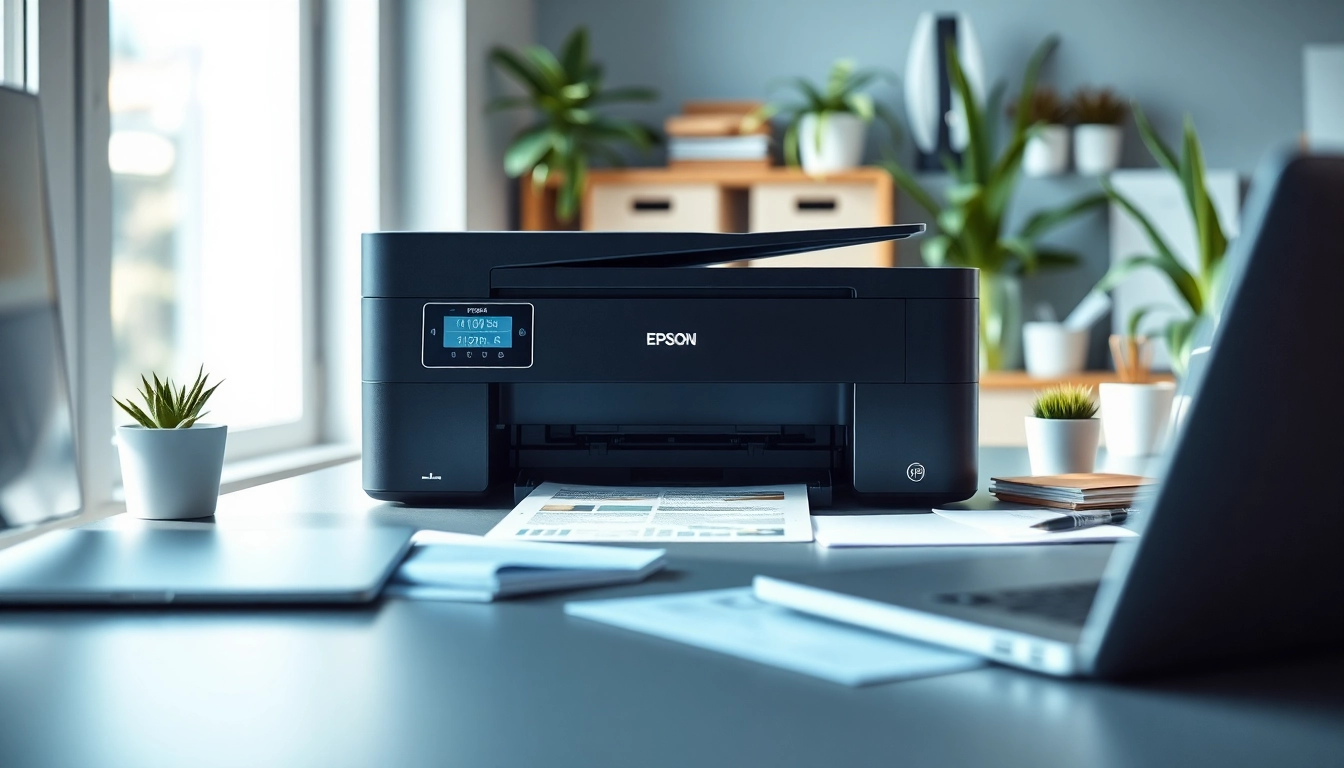
Understanding Music Pitching
What is Music Pitching?
Music pitching refers to the process of presenting your music to industry professionals such as playlist curators, music bloggers, and radio stations, with the aim of securing airtime, playlist placements, or reviews. Unlike the technical aspect of music production or the creativity behind songwriting, pitching is a strategic act that involves salesmanship. It’s about effectively communicating the value of your music to an audience that may otherwise remain unaware of your work.
The Importance of Pitching in Today’s Music Landscape
In an era dominated by digital platforms, effective music pitching has never been more crucial. Independent artists may struggle to gain visibility amidst a sea of talent. Successful pitching can result in increased exposure, fan engagement, and, ultimately, growth in streaming numbers. As algorithms dictate much of what listeners discover on platforms like Spotify and Apple Music, a well-crafted pitch can provide the needed leverage to break through the noise and reach your target audience. It’s not just about getting your music out there; it’s about making sure the right people hear it. By mastering the art of music pitching, artists can navigate the complexities of the music industry and build sustainable careers.
Common Challenges Faced by Artists
Even seasoned musicians can encounter significant hurdles when it comes to pitching their music. The stake of rejection looms large, as industry professionals are inundated with submissions daily. This high volume not only makes it hard for artists to get noticed but also complicates the creative process of constructing an effective pitch. Additionally, many artists may not understand the nuances of crafting a pitch that resonates with their intended audience, or they may lack the necessary contacts within the industry. Understanding these challenges is the first step towards overcoming them, allowing artists to develop targeted strategies for successful music pitching.
Preparing Your Music for a Pitch
Choosing the Right Track for Your Pitch
The first step in music pitching is to select the right track. Artists should consider the target audience when making this decision. It’s essential to choose a song that not only showcases your style and creativity but also aligns with the tastes of the curators or influencers you’re pitching to. Take the time to research playlists or blogs where you plan to submit your music. Understand their previous selections and determine where your track fits within that context. Additionally, consider whether the track is a single, full album, or an EP; sometimes, a single may be more effective for pitching. The better you match your music to the target platform’s style and audience, the higher the likelihood of a successful outcome.
Creating an Impressive Press Kit
A well-structured press kit serves as your calling card—it should include a concise biography, high-quality images, links to your music, social media handles, and notable achievements in your career thus far. Your bio should tell a compelling story about your musical journey and what makes you unique as an artist. It’s crucial to maintain professionalism and clarity throughout this document; a disorganized press kit can deter potential partners. Additionally, personalize each press kit if possible, adapting content to reflect each destination’s style or audience to showcase your attentiveness and professionalism.
Crafting a Compelling Pitch Message
The pitch message is your opportunity to connect with the recipient. Start with a captivating introduction that grabs attention, followed by a clear presentation of your track and why you believe it deserves attention. Tailor your message for each recipient; avoid generic templates to increase the chances of resonating with a curator or blogger. Include specific reasons why your music is a good fit for their platform, whether it’s thematic relevance, market trends, or recent successes. Lastly, keep it concise; busy professionals appreciate brevity.
Identifying the Right Channels for Your Pitch
Targeting Playlist Curators Effectively
Finding the right playlist curators can be pivotal for your music’s exposure. Use tools like Spotify for Artists to identify playlists related to your genre and follow the curators who manage them. If you have musician friends who have successfully landed placements, reach out to them for introductions; personal connections can enhance your credibility. Additionally, platforms such as SubmitHub can facilitate easy pitching to curators and music blogs, providing transparency and focusing your efforts where they’ll be most effective.
Exploring Music Blogs and Influencer Marketing
Music blogs have long been vital in launching songs, offering an excellent platform for artists to gain exposure. Look for blogs that align with your genre and have a dedicated readership. Crafting a personalized pitch for each blog significantly increases your chances of being featured. Similarly, influencer marketing is a powerful tool for reaching audiences; consider partnering with social media influencers whose taste matches your music style. When assessing potential influencers, consider their engagement rates and follower demographics to ensure alignment with your brand.
Utilizing Social Media to Your Advantage
Social media is a powerful platform for music promotion and talent discovery. Different platforms serve different purposes; Instagram is great for visual storytelling, while Twitter allows for quick updates and engagement. Use social media not only to share your music but to build a narrative around it. Engage with followers and actively participate in conversations relevant to your music genre. Always be sure to use relevant hashtags to increase the visibility of your posts, thereby creating an active listener community that can advocate for your work.
Executing the Pitch
Best Practices for Reaching Out
When it’s time to reach out, be sure to adhere to a structured approach. Start by sending the pitch email on an optimal day; research suggests that mid-week generally yields higher open rates than Mondays and Fridays. Craft an engaging subject line that summarizes your pitch succinctly. Ensure you address each curator or blogger by name and briefly mention something about their work to show that your message isn’t a mass email. Follow best practices in email etiquette—be clear, respectful, and professional in your communication.
Tips for Following Up Without Being Annoying
If you haven’t heard back after your initial pitch, it’s appropriate to send a follow-up note. However, timing is crucial; wait at least a week after your first email before following up. In your follow-up, thank the curator for their time, reiterate your excitement about your music, and politely inquire if they had a chance to consider your pitch. If you receive a negative response, maintain professionalism—thank the recipient and perhaps inquire about what types of music they are currently seeking.
Adapting Your Pitch Based on Feedback
Feedback is invaluable in refining your pitch strategy. If you receive responses, be sure to analyze them constructively. If multiple curators express similar sentiments, consider this a cue to adjust your music, press kit, or pitch message accordingly. Embrace rejection as an opportunity to learn; each attempt builds your experience and sharpens your approach. The process of iteration is essential in honing your skills as a music strategist and enhances your future pitching attempts.
Measuring Success in Music Pitching
Tracking Your Pitching Efforts
Tracking your pitching efforts allows you to analyze what works and what doesn’t. Maintain a spreadsheet to log submission dates, recipients, responses, and the outcomes of each pitch. This record provides insights into your pitching patterns and can help you identify the most effective platforms and strategies. By systematically organizing your efforts, you can optimize future pitches to increase your chances of success.
Analyzing Responses and Engagement
Measure engagement metrics from your pitches to assess their efficacy. Look for patterns in feedback, and consider how your music received attention or made it to playlists. Evaluate differences in engagement based on specifics like genre, pitch style, and targeted platforms. Such reflections are vital for musicians to refine their approach continuously and evolve their pitching strategies.
Iterating Your Strategy for Future Pitches
Pitching should never be static. Regularly revisit your strategy based on prior experiences and continually analyze industry changes. Use data collected over time to inform decisions about which paths to pursue and which methods yield the best results. Being adaptable ensures that you remain ahead of trends and appropriately positioned in the industry.







